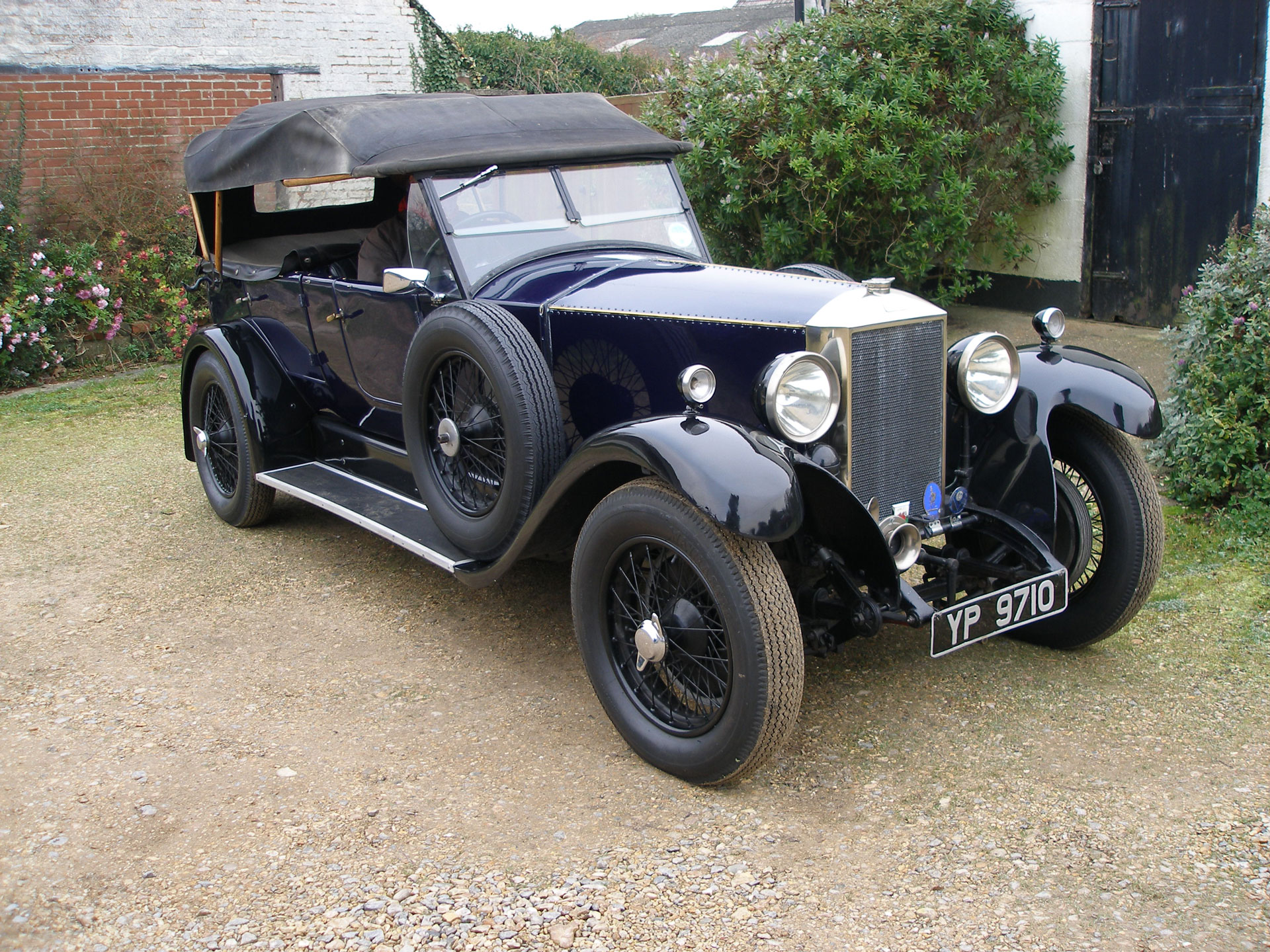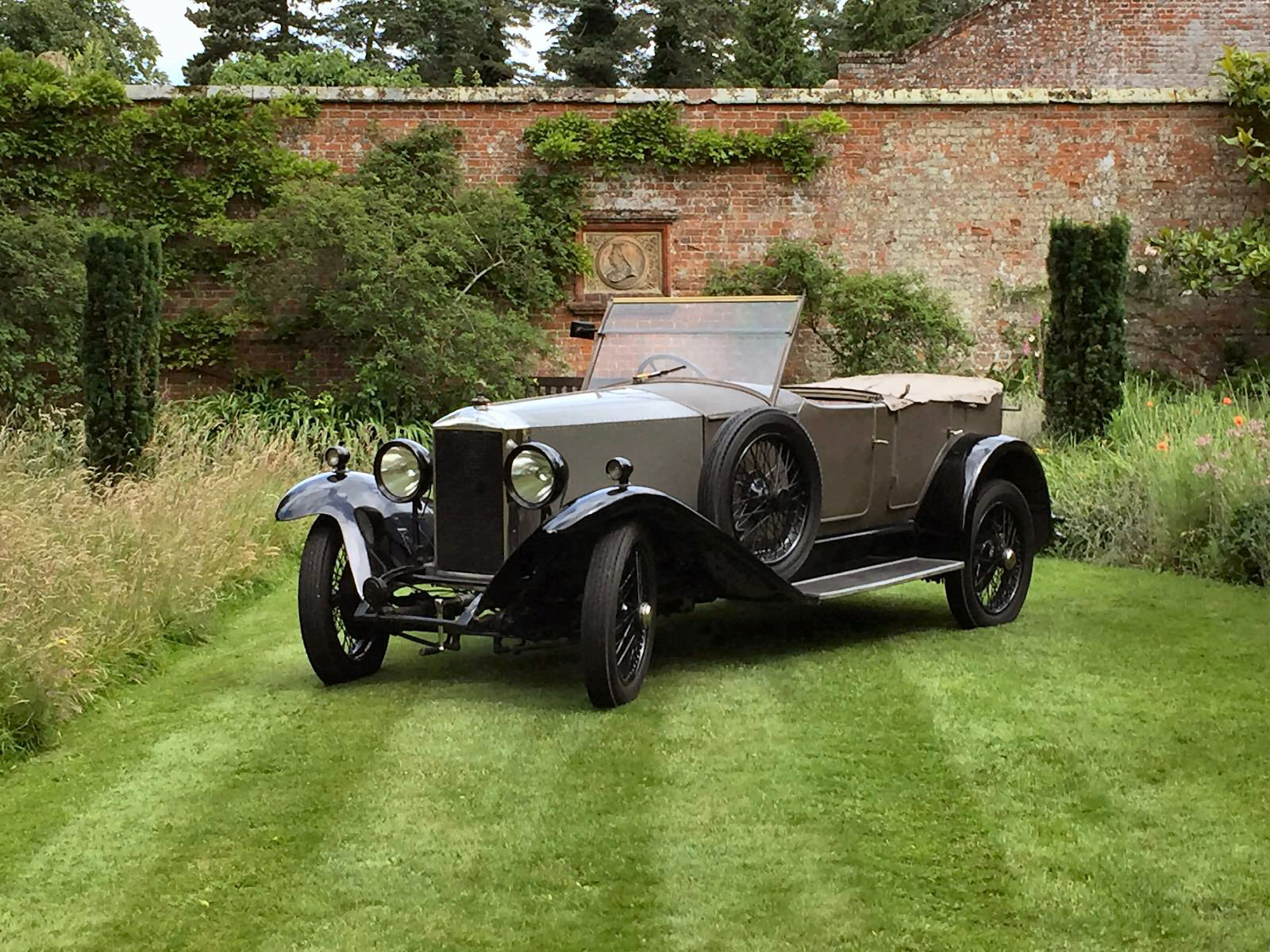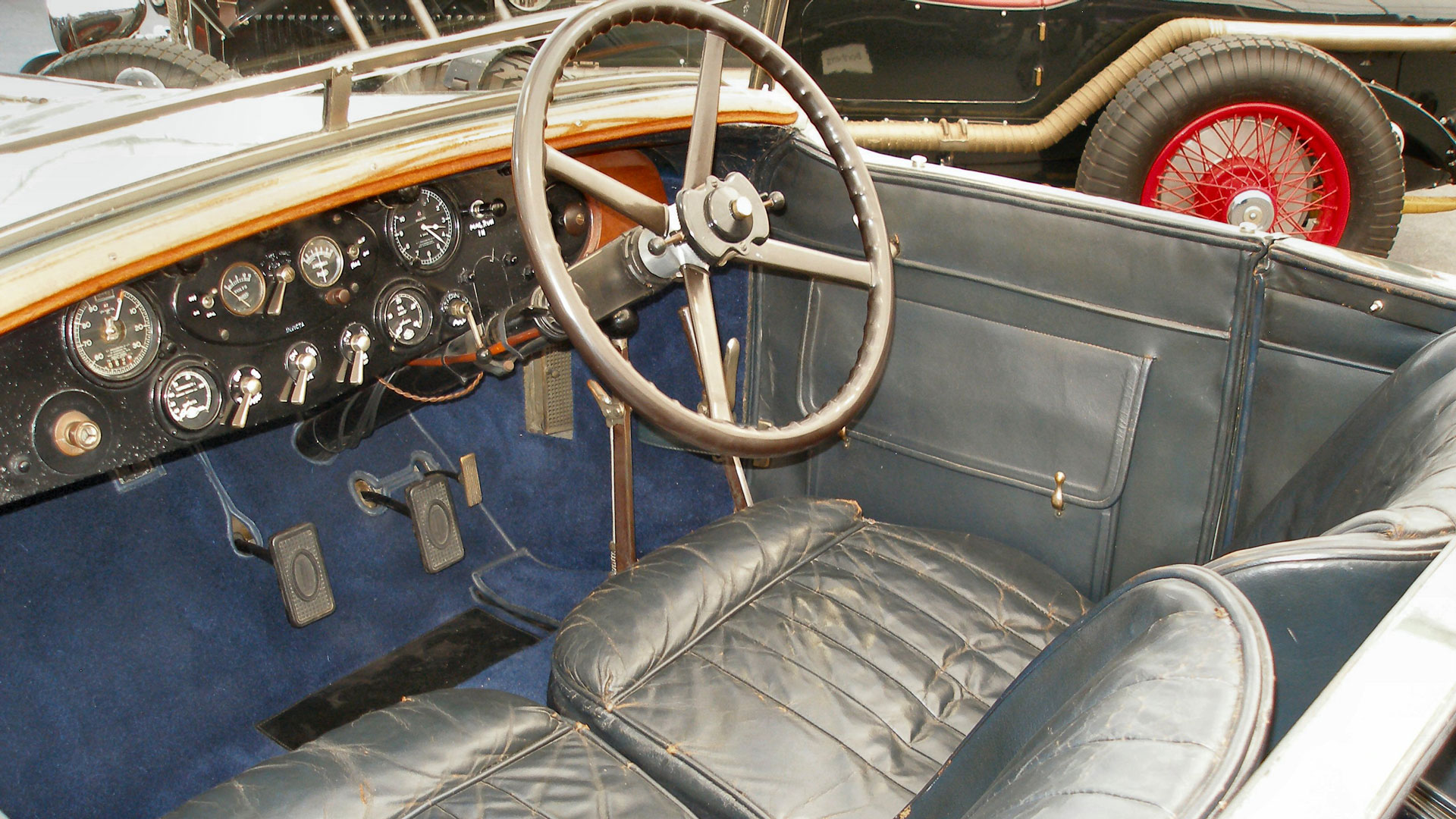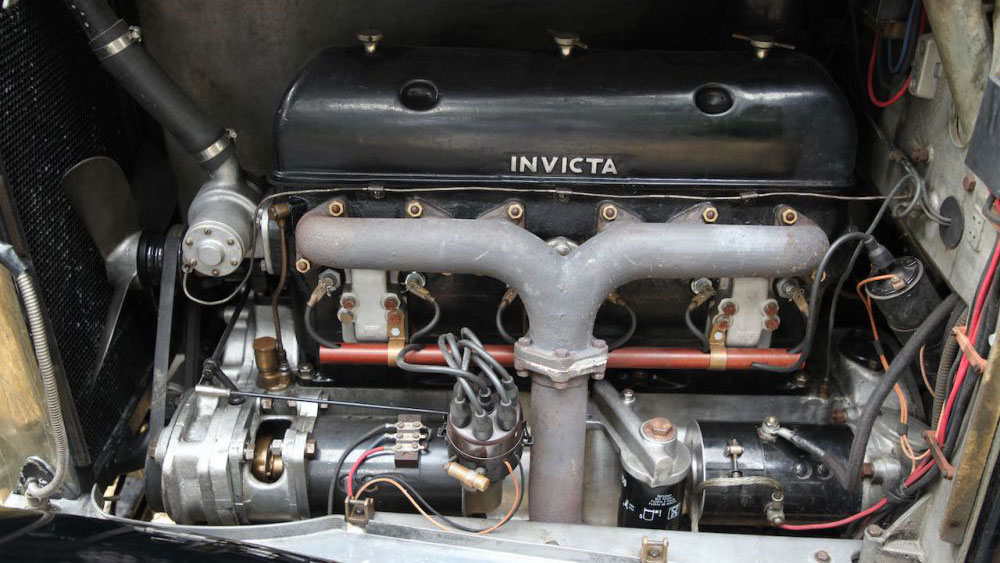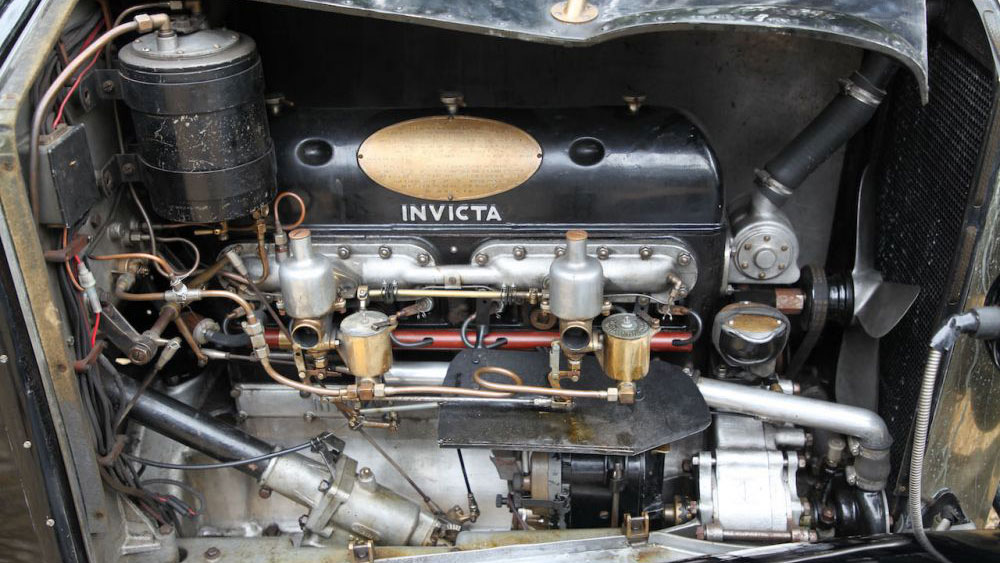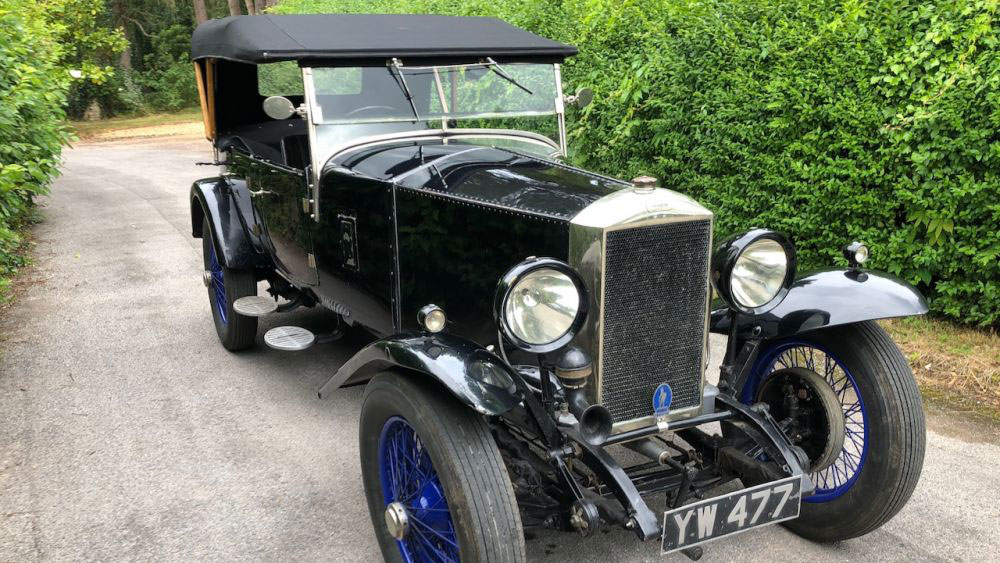Invicta
SC and LC Cars
Invicta
SC and LC Cars
The first Invicta cars were launched in 1925 and the chassis were designated SC (small chassis) and LC (large chassis). The early cars were fitted with 2 ½ litre Meadows engines, but they were soon increased in capacity to 3 litres. The LC continued into 1929, but some of the very late chassis were fitted with 4 ½ litre engines.
The Meadows records indicate around 135 2 ½ and 3 litre engines were supplied to Invicta and some 2 ½ litre engines were returned to Meadows to be re-bored to 3 litres. This suggests that maybe 125 SC and LC cars were produced plus a few of the late ones which were fitted with the 4 ½ litre engines from new.
ENGINE
Supplied by Henry Meadows of Wolverhampton with six cylinders of 120mm stroke in a single iron block casting mounted on an aluminium crankcase supporting a forged crankshaft on four white-metal bearings. The earliest 2 ½ litre cars had a bore of 69mm giving 2692cc followed in 1926 by 3 litre models with a bore of 72.5mm giving 2973cc.
In 1928 the block and head were redesigned with the bores equally spaced and therefore no longer in line with the crank pins. This permitted a bore of 88.5mm giving 4467cc in the 4 ½ litre engine. Aluminium pistons were carried on H section connecting rods, dural on early cars, forged steel later, with white-metal bearings. The camshaft, carried in the crankcase, was driven from the nose of the crankshaft by an inverted tooth chain and operated the overhead valves by pushrods. This chain also drove the water pump and magneto whilst the dynamo mounted on the nearside was driven by a similar chain, both being adjustable. The cast iron cylinder head was of cross flow design with the valves operated by adjustable rockers under an aluminium cover.
From autumn 1927, a twin plug head was introduced with a coil and a distributor driven off the back of the dynamo. A gear pump provided lubrication via a gauze filter to all parts of the engine. Normal running pressure at 40-50mph was about 50psi.
CARBURETTORS
A choice of twin Solex or SU instruments was offered, in each case with a separate starting device. The carburettors were 1 ½ inch choke on the three litre engines and 1 5/8 inch on the four and a half litre.
Fuel was supplied by a bulkhead-mounted Autovac drawing from a rear-mounted 12 gallon tank. A separate 2 gallon reserve tank was carried on the bulkhead.
CLUTCH
Meadows single plate clutch with steel-driven plate and friction material riveted to the flywheel and pressure-plate. The design incorporated an adjustable clutch stop.
GEARBOX
Meadows type 5A on early cars, type 8A on later cars, in unit with the engine with right hand gear change. Internal ratios 1.0, 1.3, 2.0, 3.1
REAR AXLE
Semi-floating spiral bevel by Moss Gears. Ratios 3.6, 3.9, 4.5, 5.0
FRONT AXLE
Steel H section forging by Alford and Alder with stub axles on bronze bushes and ball thrust races.
BRAKES
Rod-operated Rubery pattern on four wheels. Separate rear shoes for the handbrake. Ribbed cast-iron drums of 12 inch diameter.
SUSPENSION
Semi-elliptic springs with shackle pins at inner ends and bronze sliding trunnions at outer ends. Hartford friction dampers all round.
STEERING
The high geared steering was by Marles with seventeen inch diameter steering wheel.
WHEELS AND TYRES
Detachable Dunlop artillery wheels were fitted to the earliest cars, soon replaced by 52mm Rudge Whitworth wire wheels. Tyres were 28 inch by 4.95 inch or 30 inch by 5.25 inch.
ELECTRICAL EQUIPMENT
Starter and three brush dynamo by Rotax. Dashboard instruments included voltmeter, ammeter, ignition switches, lamp and charging switch and socket for inspection lamp. Two headlamps, two sidelights and a stop and tail lamp. Horns by Bosch and Klaxon. AT speedometer and matching 8 day clock.
CHASSIS FRAME
Channel section, 4 ½ inch by 1 ½ inch in the centre, upswept over rear axle. In plan view, side members were straight but splayed from front to back. Track SC 4 feet; LC 4 feet 4 inches. Wheelbase SC 9 feet 4 inches; LC 10 feet. Chassis weights SC 18cwt; LC 19cwt approx.
Guarantee 3 years or 20,000 miles.
